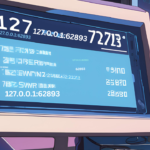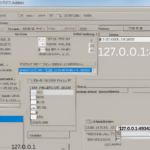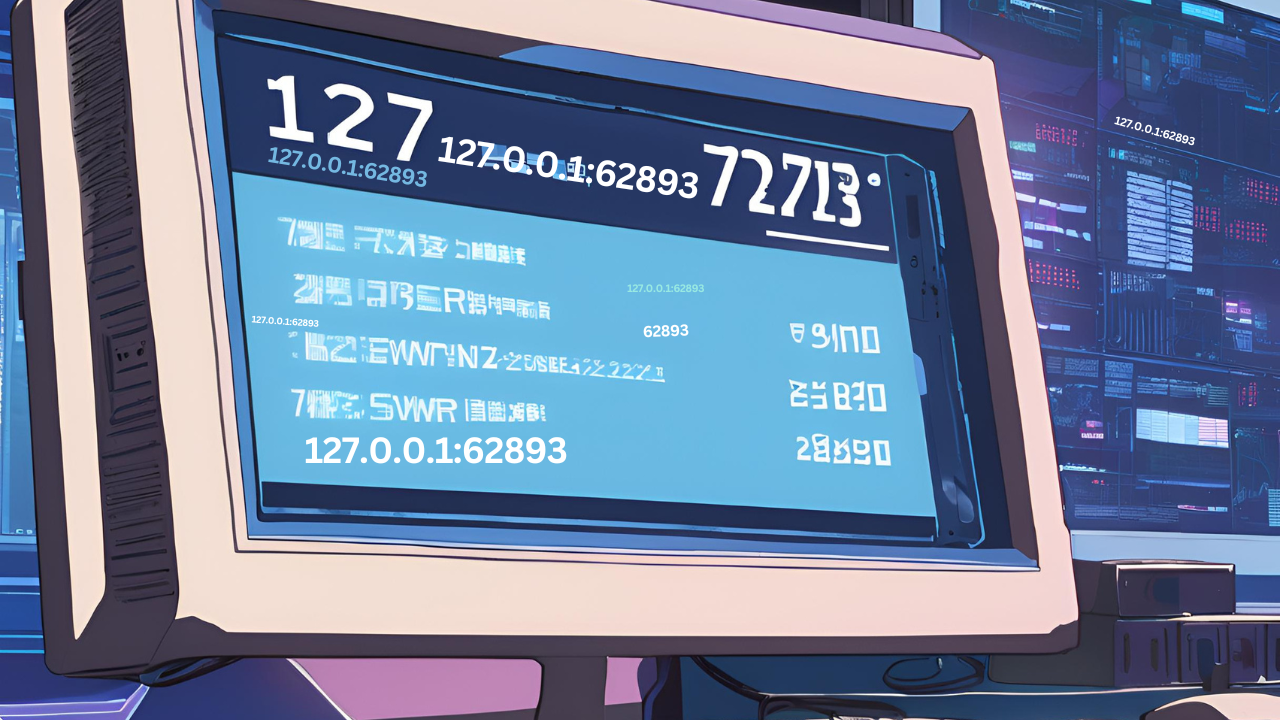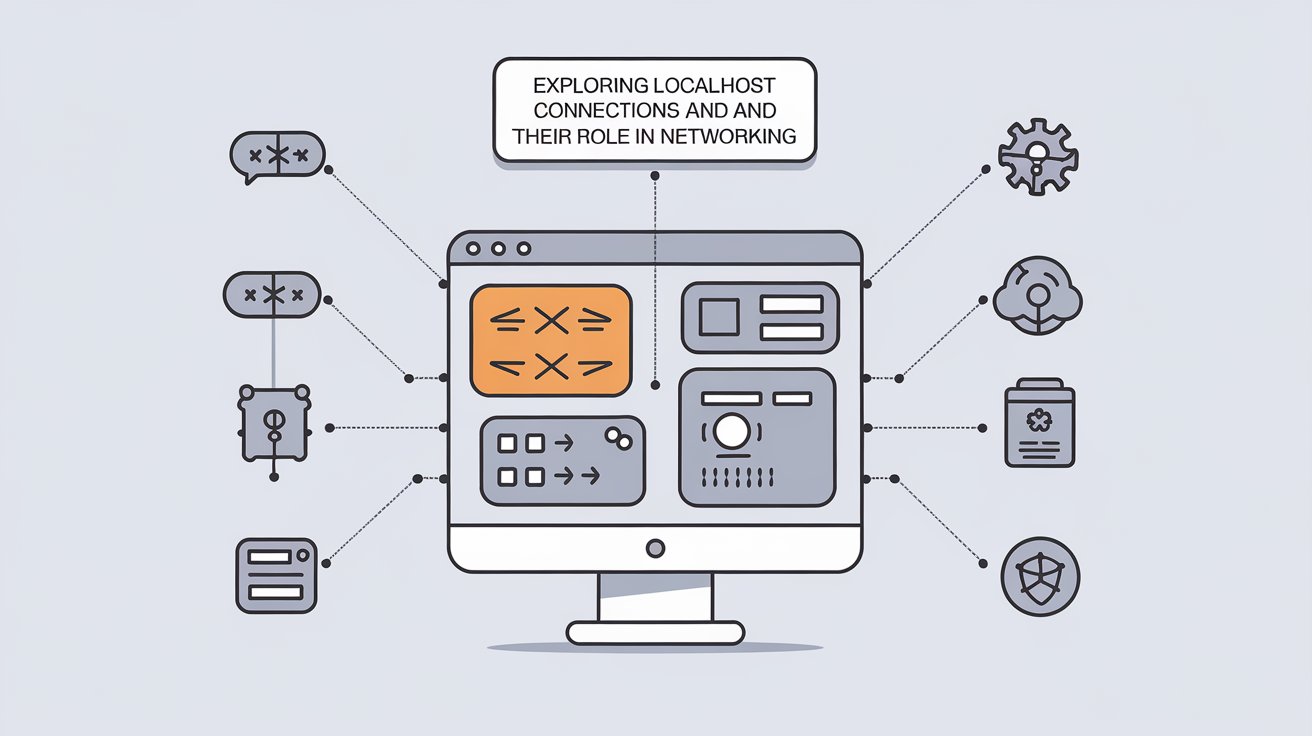
Certain addresses and port combinations serve specific roles in computer networking and software development. One such combination, 127.0.0.1:62893, often sparks curiosity and raises questions among novice and seasoned developers. This article dives deep into understanding this technical detail, why it exists, and how it functions within the digital ecosystem.
What is 127.0.0.1:62893?
To break it down, 127.0.0.1 is a loopback IP address commonly called “localhost.” It acts as a self-referencing address that computers use to communicate internally without sending data to the broader network. The number 62893 represents a port, a virtual entry point for network services and applications. 127.0.0.1:62893 is an address and port combination used for localized communication on a specific service or application running on your computer.
The Importance of Loopback Addresses
Loopback addresses, such as 127.0.0.1, are a critical part of networking. Here’s why:
- Self-Contained Testing: Loopback addresses allow applications to test internal functions without external dependencies.
- Isolated Communication: They enable secure, localized communication between software components.
- Universal Standard: The loopback IP is consistent across all devices, making it a reliable testing tool.
The addition of the port number, such as 62893, enables specific processes or services to communicate without interference from others.
Why Use Port 62893?
Port 62893 is dynamic or transient, meaning it isn’t reserved for any specific service by default. Here are some scenarios where this port might be used:
- Custom Software Development
- Developers often assign random ports, like 62893, to run local servers during application development. For instance, web frameworks like Flask or Django might use it to host an application on localhost.
- Temporary Communication
- Some software temporarily opens ports for specific tasks. This is particularly common in debugging or when running isolated experiments.
- Specialized Tools
- Specific database systems, testing tools, or messaging services may use a port like 62893 for internal operations.
Real-World Applications
- Web Development
When developers set up local servers to test web applications, they often encounter combinations like 127.0.0.1:62893. For example, running a Node.js application might allocate this port for testing.
- Debugging and Testing
This address and port combination is frequently used to analyze logs, inspect application behavior, and resolve bugs without exposing the software to external networks.
- Database and Messaging Systems
Software like Redis or RabbitMQ might utilize this port to communicate between components during local testing.
Common Issues with 127.0.0.1:62893
While 127.0.0.1:62893 is primarily used in controlled environments, problems can arise. Here’s how to troubleshoot common issues:
Firewall Restrictions
If your firewall blocks traffic to or from 62893, the services depending on this port may fail to function. Adjust your firewall settings to allow local traffic on this port.
Port Conflicts
Occasionally, another service might already be using 62893, causing a conflict. Identify the conflicting process and reassign its port if necessary.
Application Misconfiguration
Incorrect application setup might prevent proper usage of 127.0.0.1:62893. Double-check configuration files or documentation for guidance.
Temporary Glitches
Restarting the software or your computer can resolve unexpected issues with this port.
How to Manage 127.0.0.1:62893
Understanding and managing 127.0.0.1:62893 involves basic networking principles:
- Identify Active Ports
- Use tools like Netstat or Lsof to see what services utilize 62893 on your machine.
- Reassign Ports
- If a conflict arises, modify the application’s configuration to use a different port.
- Monitor Activity
- Keeping an eye on network activity can help prevent unauthorized use of ports like 62893.
Why It Matters
The seemingly mundane combination of 127.0.0.1:62893 represents a fundamental aspect of modern computing. It provides developers, testers, and network engineers with a flexible, isolated environment to test and run applications safely.
For those who stumble upon this address in error logs or network diagnostics, it serves as a clue—an indicator of localized activity that requires troubleshooting or analysis.
Conclusion
Understanding 127.0.0.1:62893 is crucial for anyone involved in software development or network management. It exemplifies how computers handle internal communication, isolate environments, and facilitate development processes. Whether you’re debugging a local server, testing new software, or analyzing system logs, this address and port combination is a tool that helps ensure smooth operations.
By mastering the basics of 127.0.0.1:62893, you will empower yourself to troubleshoot effectively, develop confidently, and optimize your systems more efficiently.















